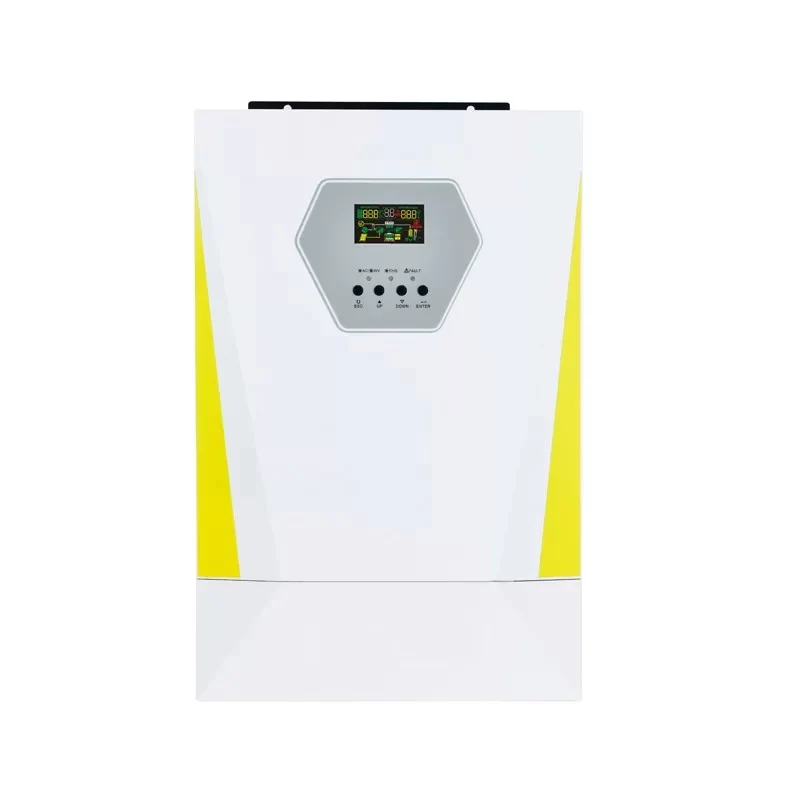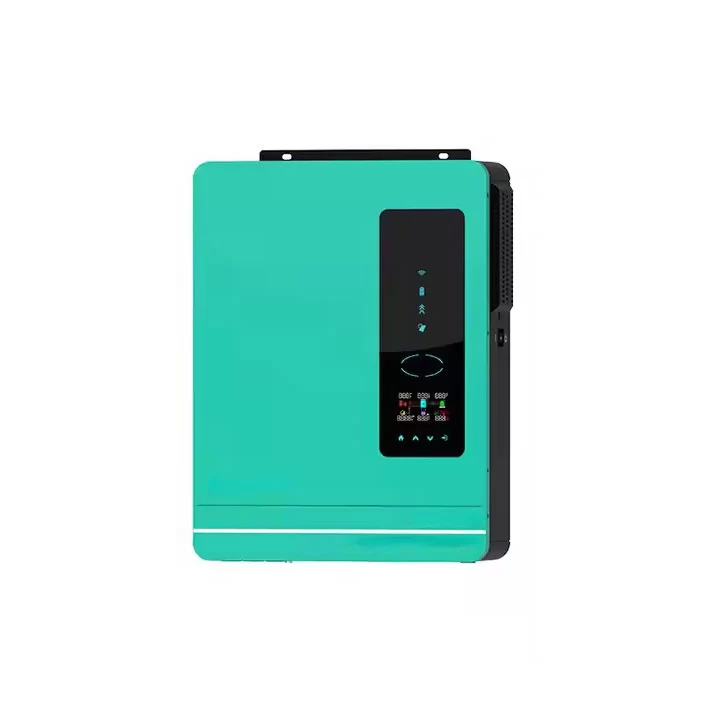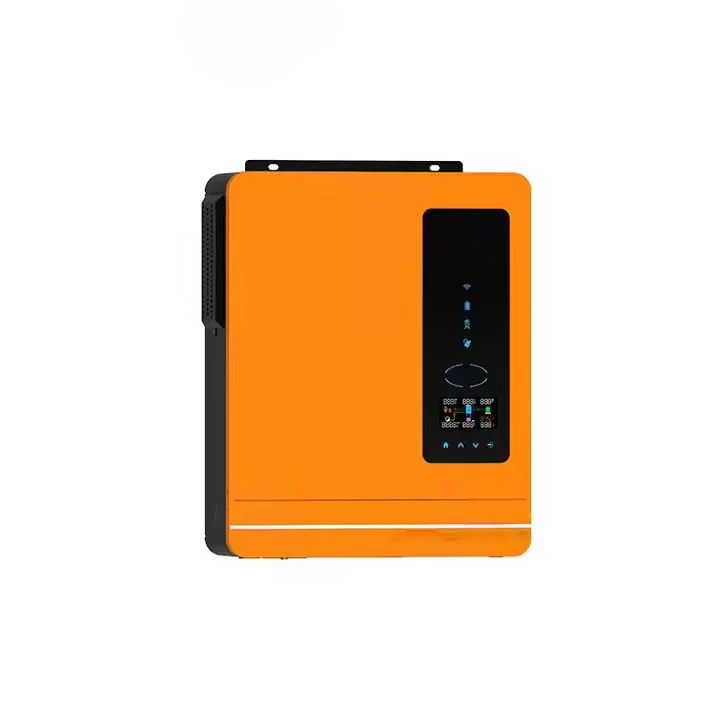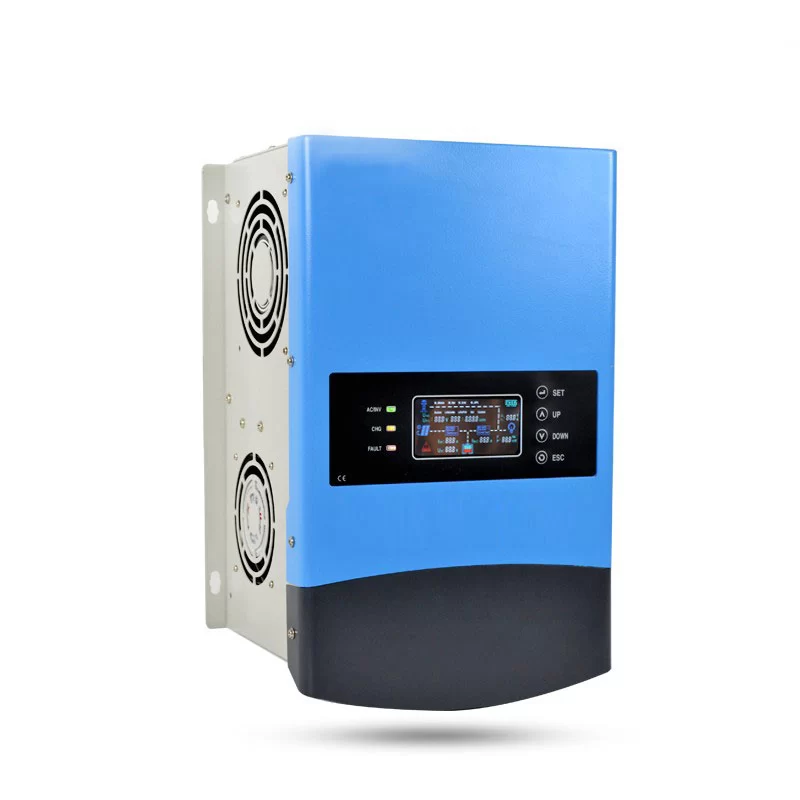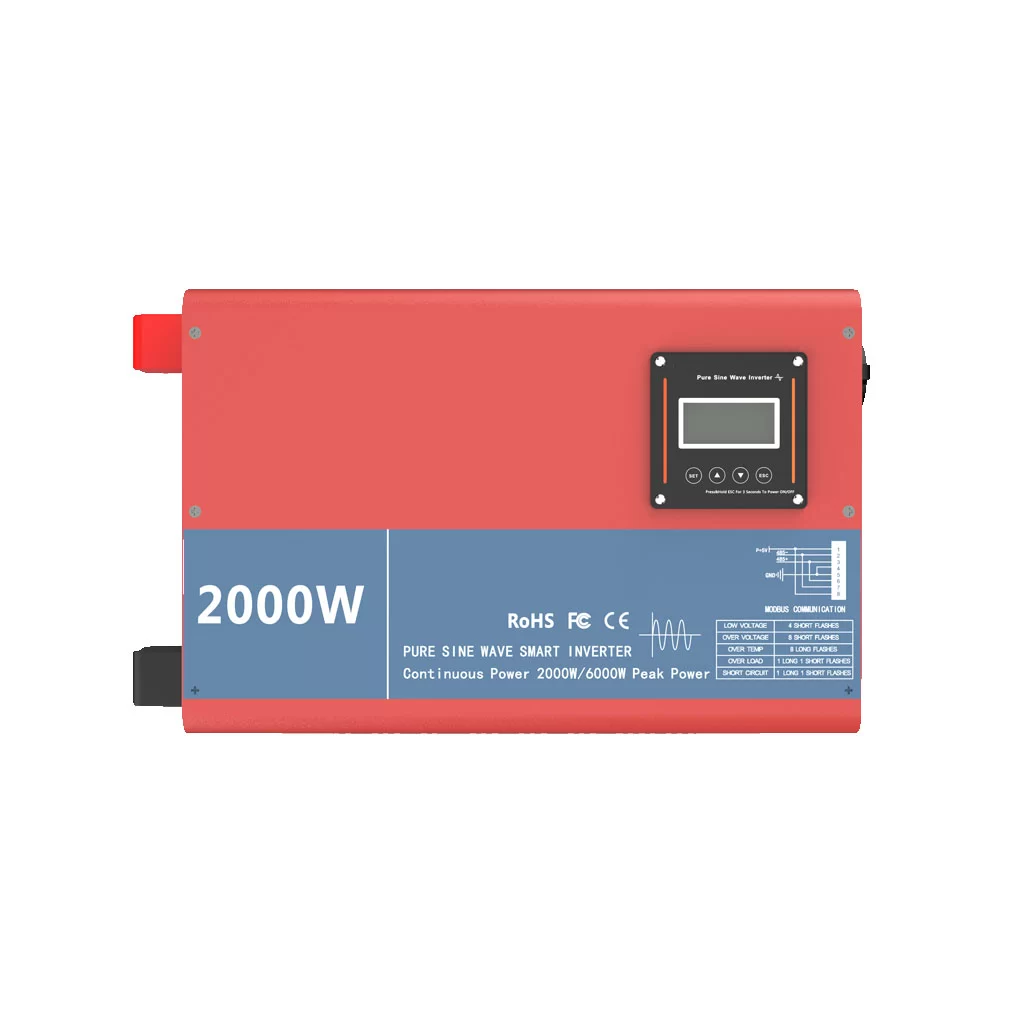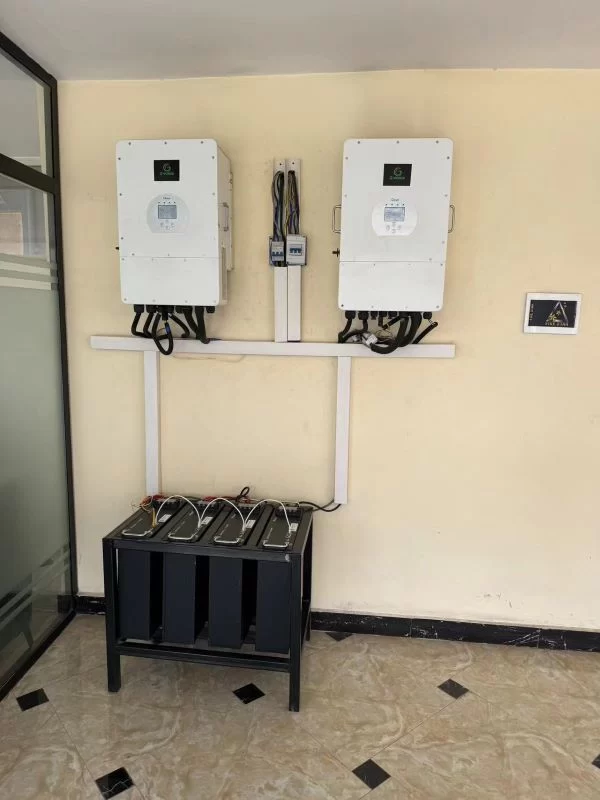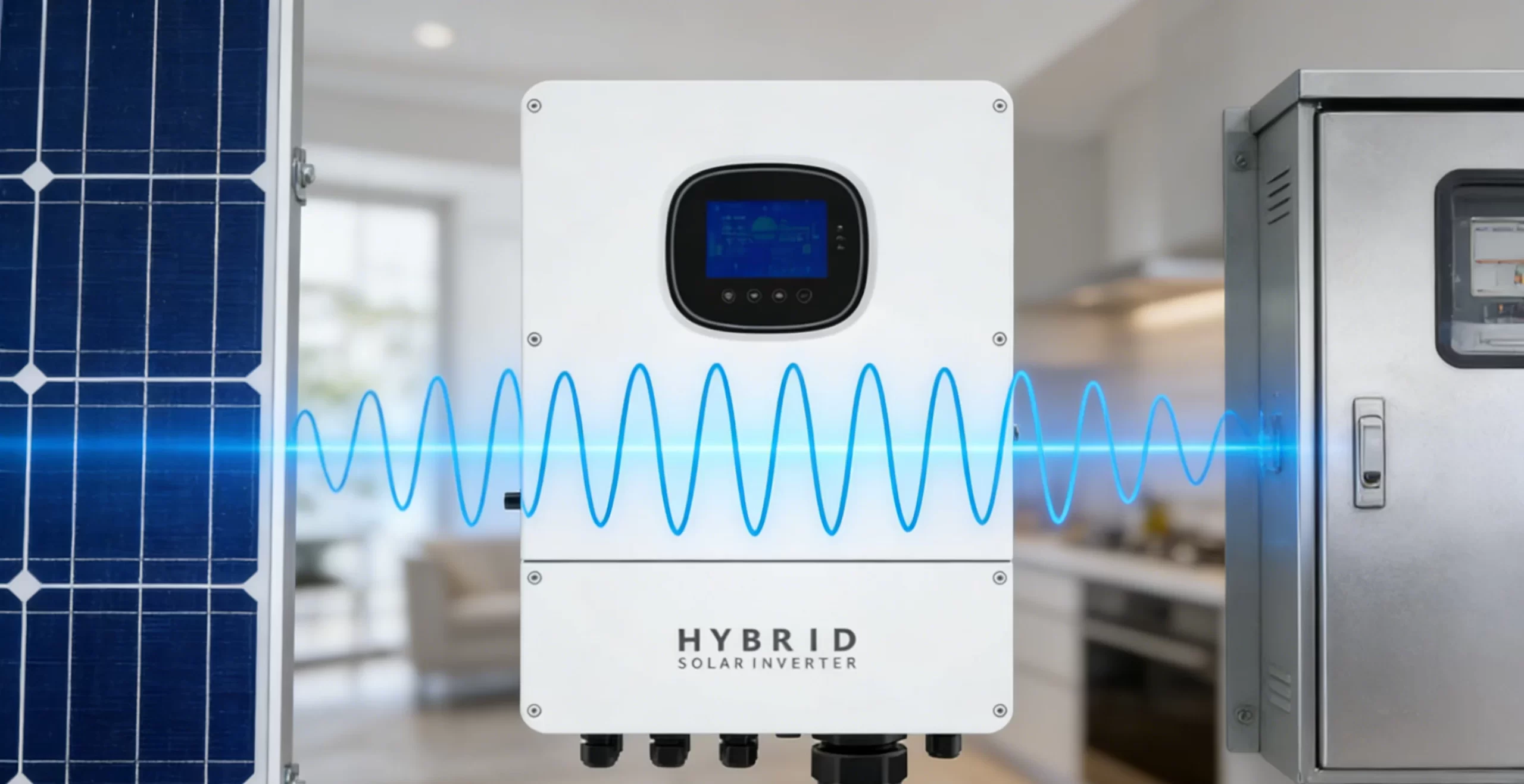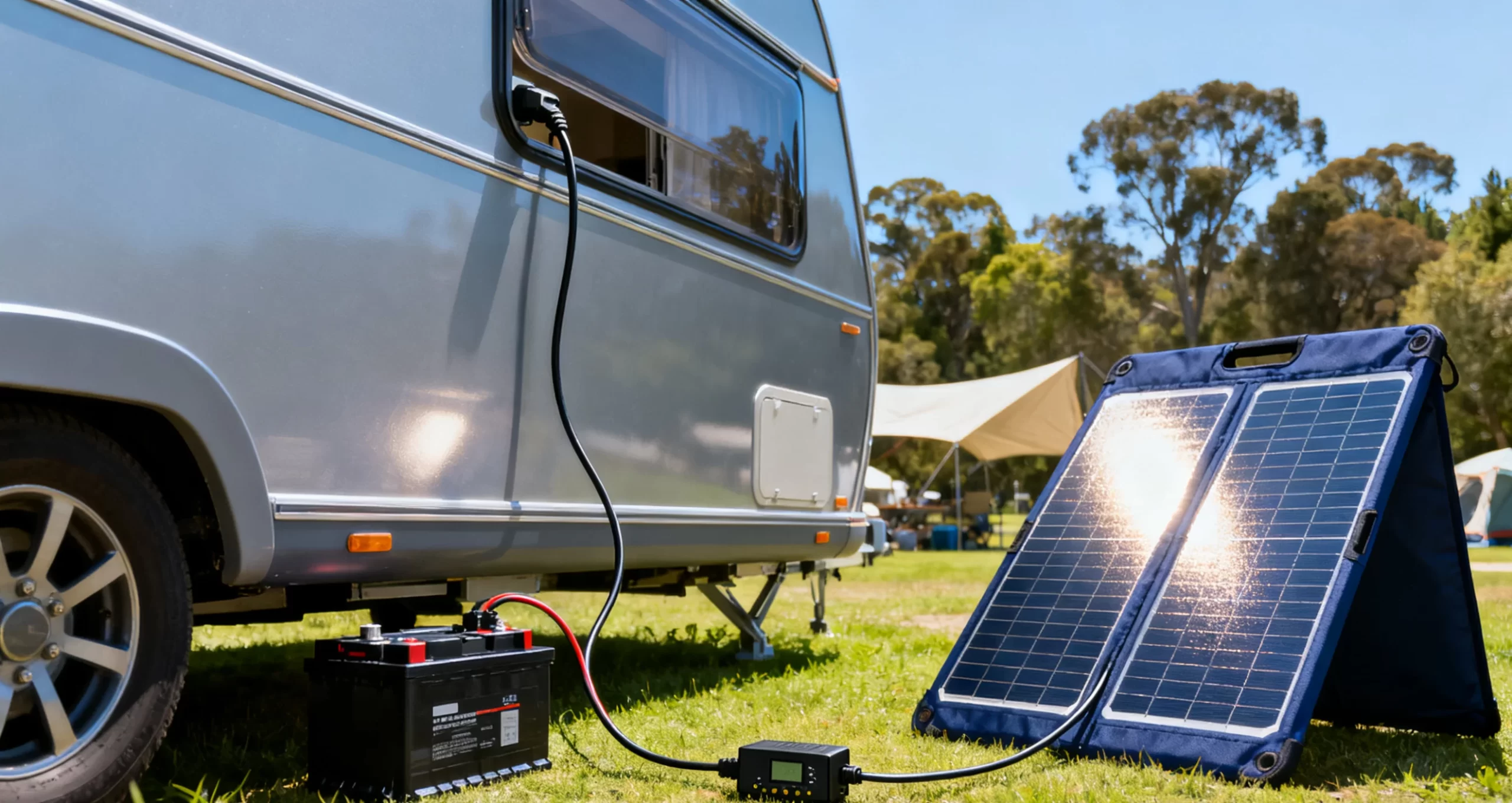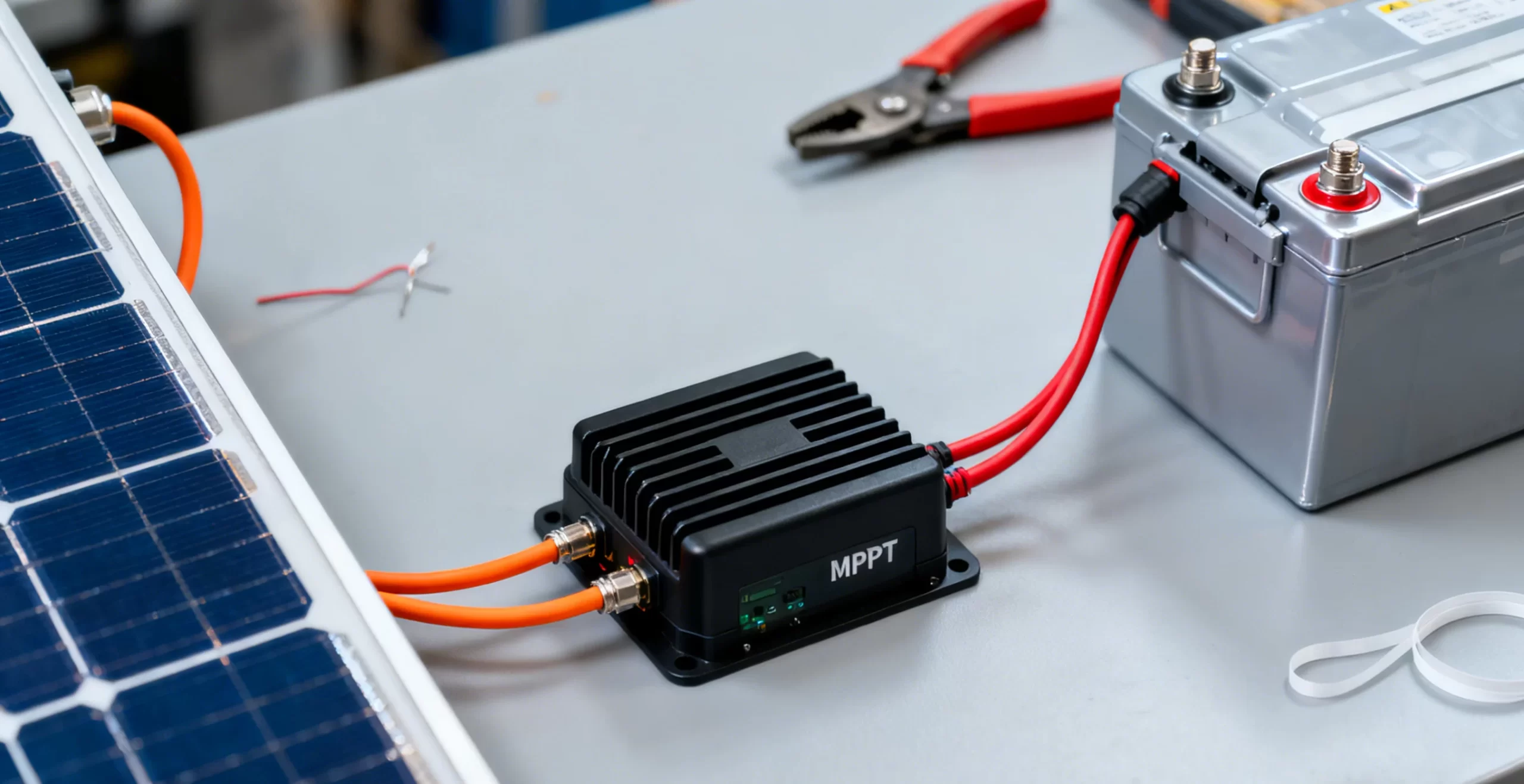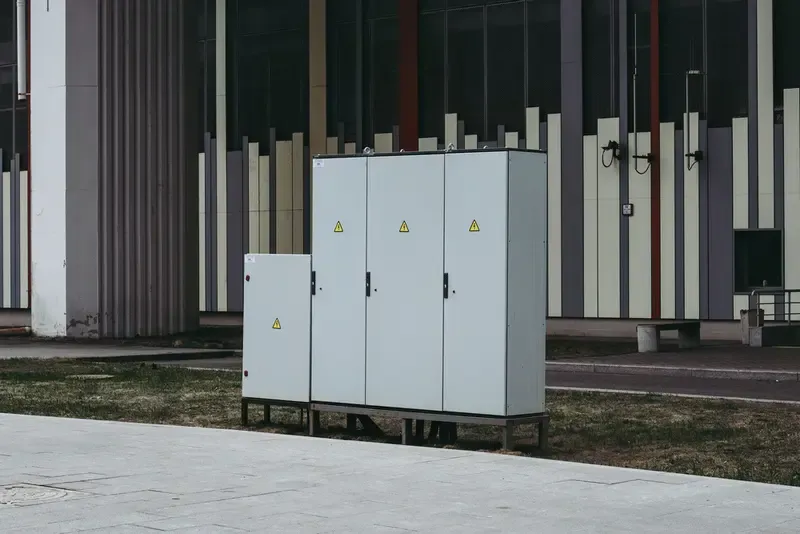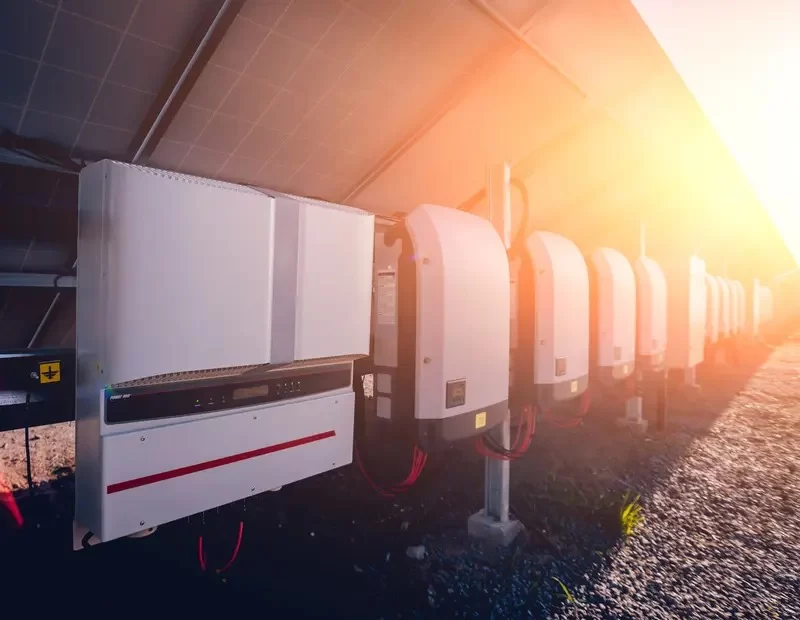- tel:+86-13651638099
- Email: [email protected]
- Official website: www.hj-net.com
- Address: 333 Fengcun Road, Fengxian District, Shanghai
Get A Quote Now!
Choosing the Right Power Inverter and Battery Combination for Your Home
Understanding Your Power Needs
Before selecting a power inverter and battery combination, it’s essential to clearly understand your household’s energy needs. This involves assessing the power demands of all electrical appliances and identifying which devices you want to keep running during a power outage. If your home relies on critical systems like home security or medical equipment, the chosen inverter and battery system must meet these needs to ensure continuous operation.
Selecting the Inverter
An inverter converts direct current (DC) to alternating current (AC). Common types include single-phase and three-phase inverters, with the specific choice depending on your home’s power load and electrical setup. For homes with only a few AC devices, choose an inverter that can provide steady power to all connected loads and has sufficient surge capacity. For homes with more complex power requirements, consider the typical load profile and adjust the load control strategy accordingly.
Choosing the Battery
The battery is crucial to the inverter system’s performance and durability. Commonly used batteries include lithium-ion and lead-acid, with lithium-ion batteries favored for their high energy density and long lifespan. Battery capacity is another critical factor, as it determines how many hours of backup power the system can provide during an outage.
System Integration and Management
Integrated Solutions
Some companies offer integrated home energy storage solutions, which typically include smart inverters, storage batteries, photovoltaic (PV) components, and advanced energy management systems. For example, the mhelios system integrates smart technology with PV, storage, heat pumps, and smart home devices to maximize green energy utilization throughout the home.
DC Coupled Systems
A recommended configuration is the DC-coupled system, which enhances the efficiency of PV-battery charging. In this system, PV panels connect directly to the battery as well as to the inverter, allowing for more efficient energy storage and conversion.
Future Prospects and Market Trends
With ongoing technological advancements and increasing market adoption, the application prospects for home energy storage systems are expanding. These systems will play an increasingly important role in providing clean, reliable, and cost-effective energy. Additionally, the use of hybrid inverters is growing, particularly in regions with unstable grids or limited access to reliable power sources.
Conclusion
Choosing the right power inverter and battery combination is essential for achieving home energy self-sufficiency. By understanding your specific energy needs, selecting high-performance inverters and batteries, and implementing advanced integration and management technologies, you can enhance your home’s energy efficiency and reliability. As technology progresses and market adoption increases, home energy storage systems will become even more integral to modern living.
Explore our products to see how our solutions can help you achieve a more efficient and sustainable energy setup for your home.

